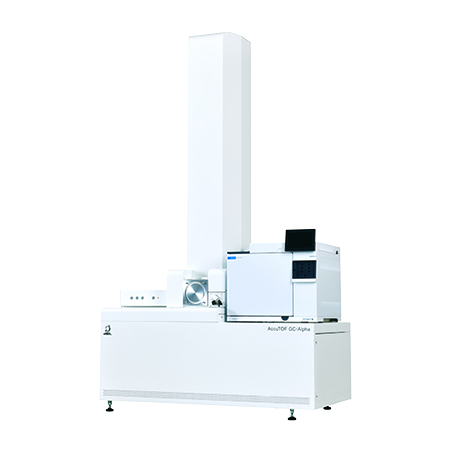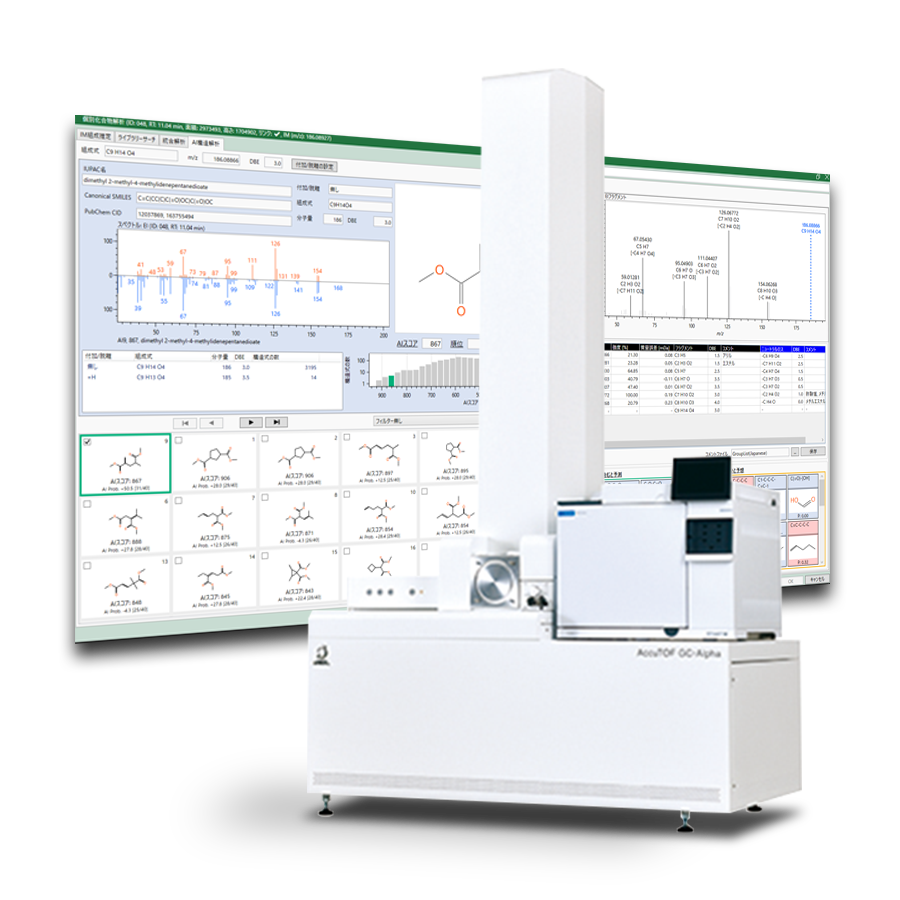Analyzing a Specific Component of Vinyl Acetate Resin using Group Analysis Function of msFineAnalysis AI
MSTips No.417
Introduction
Electron ionization (EI) is one of the most popular ionization methods used in gas chromatography-mass spectrometry (GC-MS). Consequently, compounds are typically identified by a mass spectral database search using EI mass spectra. Because molecular ions are often weak or absent in 70 eV EI mass spectra, identification of unknowns can be difficult by EI alone. In these cases, soft ionization (SI) can be very helpful for producing and identifying molecular ions. Recently, JEOL began developing an integrated qualitative analysis workflow that automatically combines and interprets the information from EI and SI data1). And then in 2018, we introduced our integrated qualitative analysis software “msFineAnalysis” which uses both EI and SI data to improve compound identification for GC-MS applications. Despite the fact that msFineAnalysis was automatically able to determine the molecular formula and partial structure information from EI fragment ion formulas, the actual structural formulas still required manual analysis using chemical compositions. To address this, we then developed an automated structure analysis software package entitled “msFineAnalysis AI” which uses artificial intelligence (AI) to predict EI mass spectra from chemical structures2). The msFineAnalysis AI software has a Group analysis function that enables easy extraction of specific compounds. By using the group analysis function, target analysis-like analysis can be performed even in non-target analysis. In this MSTips, we will introduce an example of applying group analysis to the analysis of vinyl acetate resin.
Experimental

msFineAnalysis AI
A commercially-available vinyl acetate resin was used as a test sample in this study. We performed Py-GC-HRTOFMS measurements using both EI and field ionization (FI) modes with a combination EI/FI ion source. The qualitative data processing was performed with msFineAnalysis AI (JEOL). Measurement conditions are shown in Table 1.
Table 1 Measurement and analysis conditions
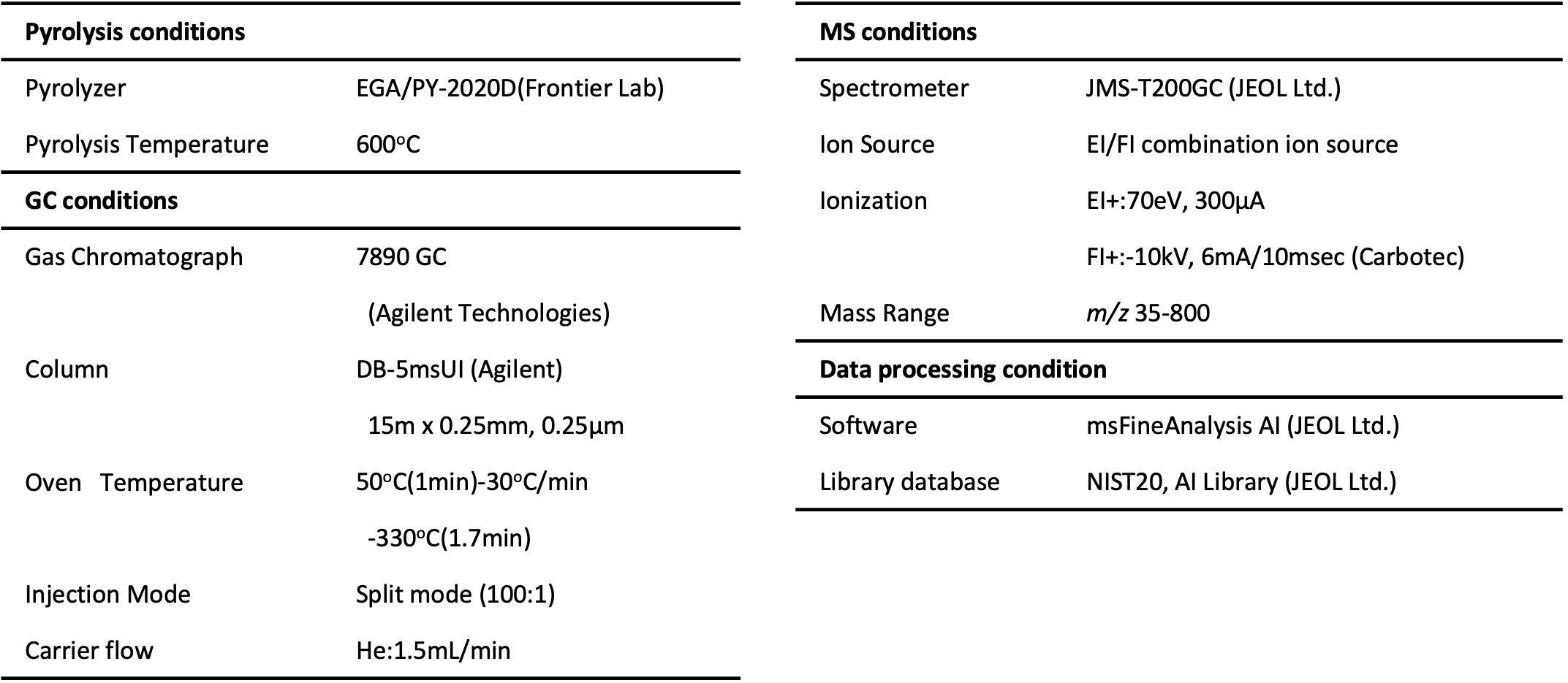
About Group Analysis
The msFineAnalysis AI software has a deconvolution detection function as a method of detecting chromatogram peaks. Chromatographic deconvolution reconstruct mass spectra by using the information (m/z, area) from extracted ion chromatograms (EIC) created using exact mass information. Chromatographic deconvolution is effective in separating coeluting components which are detected as a single peak in the total ion current chromatogram (TICC).
Group analysis can be used after chromatographic deconvolution to identify compounds that have common substructures. Group analysis is accomplished by creating mass chromatograms from the exact mass data to identity compounds that have the same molecular weight, or that have common fragments or neutral losses. When analyzing multiple components exhaustively during non-target analysis, this function can be used to easily extract specific compounds in a target analysis manner, enabling detailed analysis of specific compounds in a shorter time.
Results of Group Analysis
Figure 1 shows the C6H5+ fragment ions that were detected in the pyrolysis GC-MS results for the vinyl acetate resin. This fragment ion is characteristic for aromatic compounds. The table on the right shows that there are 26 compounds containing C6H5+. The view on the left allows the operator to quickly identify where the components containing this ion were detected. The view on the left top shows the GC/EI data with the TICC marked by a solid black line. The bottom left view shows the soft ionization data with the TICC marked by a solid green line. The blue peaks in both views represent the components containing C6H5+ extracted from the chromatographic deconvolution result. The operator can select an ion such as C6H5+ from the table and click the OK button at the bottom right of the GUI to immediately create a C6H5 tab, thus allowing for extraction of the components containing that specific fragment (Figure 2).
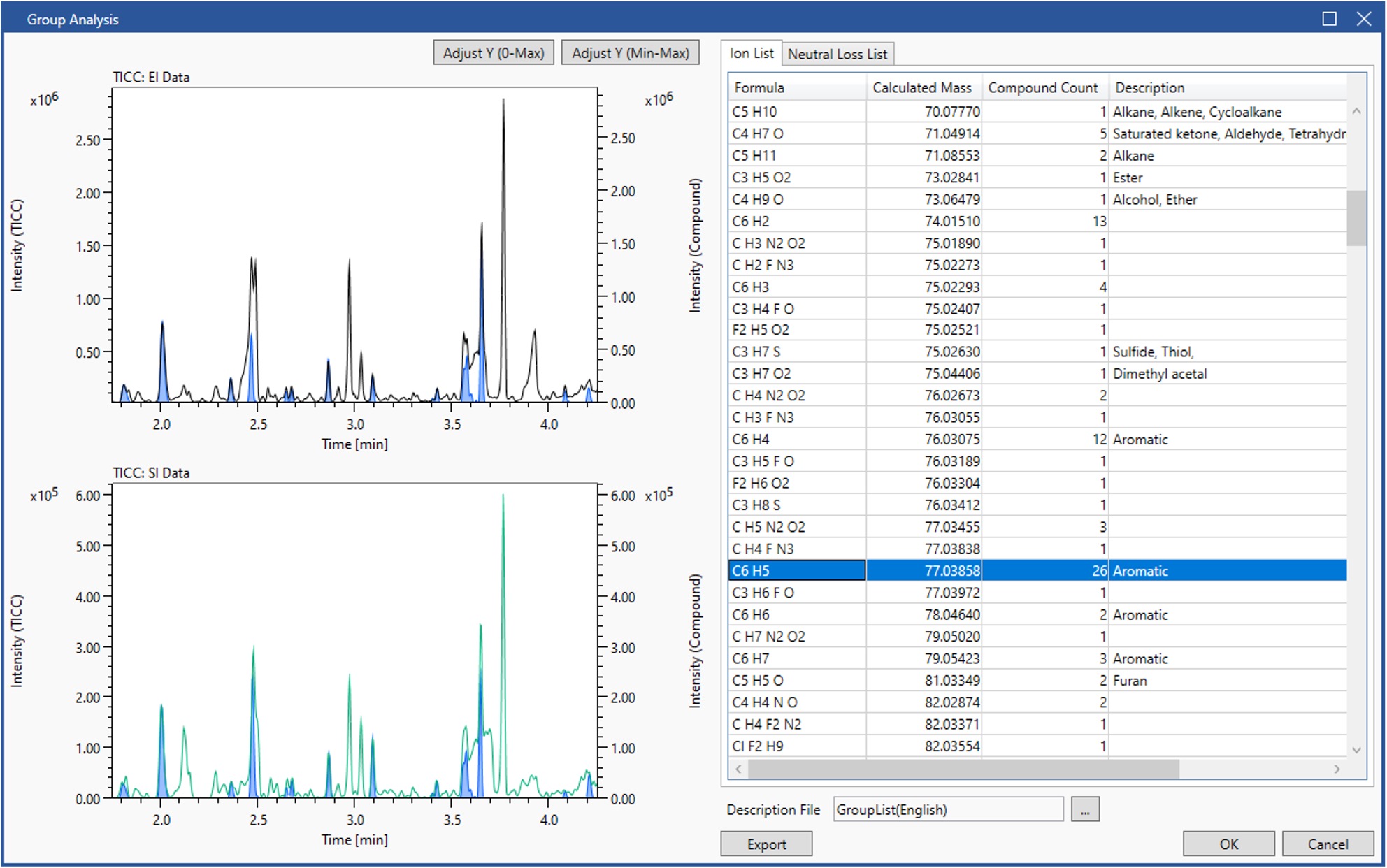
Figure1 Group Analysis Window
Figure 2 shows the extracted results for components containing C6H5+. The Group Analysis function displays an “All” tab for the entire analysis results and up to 5 tabs for groups created for ions or neutral losses specified from the exact mass list in Figure 1. For example, the operator can select a fragment ion containing nitrogen, phosphate, or sulfur to find a group of compounds containing the specified elements. The ID and integrated analysis results are then shared between tabs. The results under the C6H5 tab represent a group of aromatic compounds.
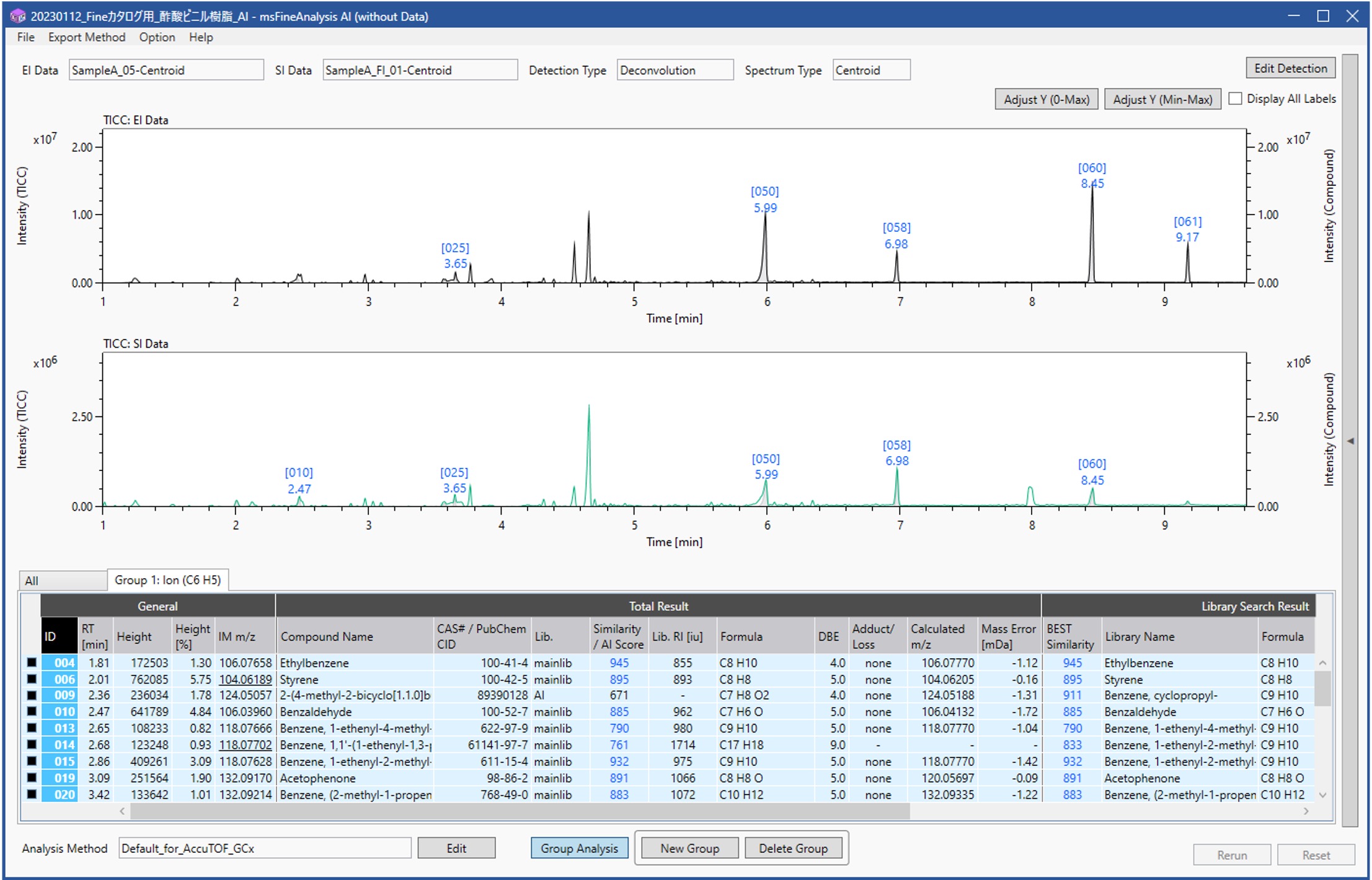
Figure 2 Group analysis result for C6H5+ ion
Conclusion
The msFineAnalysis AI program is designed to run integrated analysis with or without library search. It is a qualitative program based on a new concept that is effective for non-targeted analysis. The basic functions of the program are capable of identifying numerous components for non-targeted analysis. Group Analysis adds the capability to extract specific compounds or families of related compounds in the same manner as target analysis, speeding up the process of their detailed analysis.
Reference
1) M. Ubukata, A. Kubo, K. Nagatomo, T. Hizume, H. Ishioka, A. J. Dane, R. B. Cody, Y. Ueda. Integrated qualitative analysis of polymer sample by pyrolysis–gas chromatography combined with high-resolution mass spectrometry: Using accurate mass measurement results from both electron ionization and soft ionization. Rapid Commun Mass Spectrom. 2020; 34:e8820.
2) A. Kubo , A. Kubota, H. Ishioka, T. Hizume, M. Ubukata, K. Nagatomo, T. Satoh, M. Yoshida, F. Uematsu. Construction of a mass spectrum library containing predicted electron ionization mass spectra prepared using a machine learning model and the development of an efficient search method. Mass Spectrometry. 2023; 12: A0120.
Solutions by field
Related products
Are you a medical professional or personnel engaged in medical care?
No
Please be reminded that these pages are not intended to provide the general public with information about the products.

